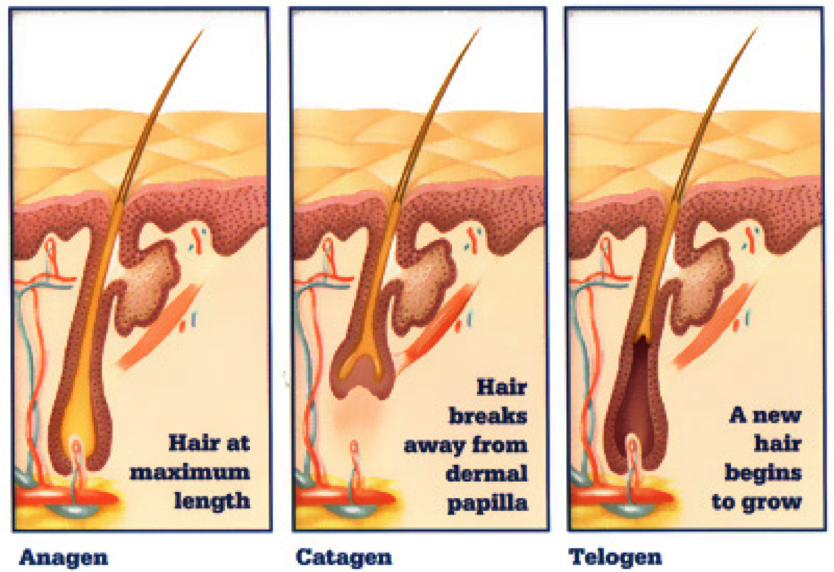Table Of Content

Learn more about different types of infections here. The answers to these questions often confirm a diagnosis of folliculitis and help your provider determine which type it might be. Excision can essentially “cure” the disease in some people. But there’s a chance your bumps will come back later. Your dermatologist will likely refer you to a plastic surgeon for it.
Folliculitis Locations
Once damaged, it’s easy for germs to get inside the follicles and cause an infection. A common source of infection is Staph aureus, which is found on our skin. Other organisms on our skin can also cause an infection. If they get worse, they can grow deep into the skin and look more like cysts or boils.

From Mayo Clinic to your inbox
When you quit, you'll probably notice fewer flare-ups. Pseudofolliculitis barbae, also known as barber’s itch or razor burn, is a type of folliculitis that develops from ingrown hairs. Razor burn usually leads to clusters of tiny, red bumps on the lower face, genitals, and other areas where a person regularly shaves. Once your condition has cleared up, be sure to practice proper scalp hygiene.
Get the Mayo Clinic app
Radiation therapy may also raise your chances of some kinds of cancer. With that said, there’s ongoing research to see if low-dose radiotherapy might be a future treatment for HS. This isn’t FDA-approved to treat HS, but doctors have used it to do so for a while. These are drugs that change how your immune system works. Check out these best-sellers and special offers on books and newsletters from Mayo Clinic Press. While you'll want to treat your folliculitis, you'll be relieved to know that there are several ways to do this, most of which you can do at home.
What Causes a Pilar Cyst
See your doctor if it doesn't clear up within a couple of weeks, or if your symptoms are serious.. In general, you’re more likely to get the condition if you have damaged follicles. This can happen from things such as shaving, skin injuries, sticky bandages, and tight clothes. You can get folliculitis “down there” because of waxing, shaving, or plucking. Wearing clothing that rubs against your skin can also lead to painful pimples in your underwear area.
While the acne-like breakouts of folliculitis tend to go away on their own, it can feel unsettling to suddenly see these appear on your skin. A board-certified dermatologist can tell you whether you have folliculitis and help you feel more comfortable. If you have what feels like razor bumps or acne on the back of your neck or scalp, you may have acne keloidalis nuchae. Both the CDC and the FDA warn against treating this common childhood condition on your own with non-prescription treatments.
Avoid over brushing
But, when our hair does not grow in a uniform way along our brow, it can result in an asymmetrical look. Most of the time, folliculitis clears up without any issues. But sometimes, longer-term problems can crop up. You might have scarring once your skin clears up. Or you could notice that the skin in the affected area is lighter or darker than your usual skin tone.
Since you have hair follicles all over your body, you may also find pilar cysts on your face, neck, chest, stomach, and back. They are more common on the scalp because of the oils your scalp secretes to nourish hair. Clogged hair follicles, a condition often called folliculitis, can be unsightly, itchy, and painful. If you’re experiencing this condition, allow your skin ample time to heal. Use warm compresses and washes to help the condition clear up.
Folliculitis FAQs
This condition affects areas of the body that sweat and have skin folds. Additionally brushing helps exfoliate the scalp, getting rid of dead skin cells and impurities that could block hair follicles and slow down growth. In most cases, the main symptom of folliculitis is red bumps that look like pimples on your skin. These could also look like they’re white-filled bumps or they could be filled with pus (pustules). Many people feel the need to scratch when they have folliculitis. It’s best to try and not scratch at the spots because you don’t want to open them up (this could possibly cause a worse infection of the hair follicle).
Shaving under your arms or anywhere else you have bumps can trigger breakouts. Your doctor can suggest a gentler way to remove hair. To help reduce the risk of folliculitis, a person should treat their underlying conditions. Bacterial infections are the most common cause of folliculitis.
This is a quick way to ease really bad pain from an abscess. But it’s not a good way to manage your condition in the long run. You get them through a shot in order to ease inflammation or calm lesions. They treat other inflammatory conditions such as rheumatoid arthritis or psoriasis. They can also help with inflammatory bowel diseases like Crohn’s disease or ulcerative colitis.
This mineral may help by tamping down inflammation. It can be taken as supplements to curb the number of outbreaks. Check with your doctor before you take supplements. Zinc oxide in an antiperspirant can help keep you dry. Single follicle hair grafting for hair restoration is a more accurate method of transplantation because it targets individual follicles. As such, the process takes longer, but can result in effective, natural-looking results with minimal scarring.
Folliculitis is inflammation or infection of hair follicles. It’s often self-resolving but can become chronic. Doctors have not identified a way to prevent cysts from forming. There isn’t a way to predict when or where a pilar cyst of the scalp may form.
Sebum Plugs: Causes, Treatments, and More - Healthline
Sebum Plugs: Causes, Treatments, and More.
Posted: Wed, 16 Jan 2019 08:00:00 GMT [source]
Use these professionally produced online infographics, posters, and videos to help others find and prevent skin cancer. If you want to diminish a noticeable scar, know these 10 things before having laser treatment. Scientists have done a few studies on how supplements like zinc, vitamin B12, copper, and niacinamide (vitamin B3) affect HS.
Pseudofolliculitis barbae and sycosis barbae, for example, are two types of folliculitis are closely linked to shaving. These conditions are much more common in men who are frequently cutting beard hairs. Folliculitis is a common skin condition that happens when hair follicles become inflamed. It's often caused by an infection with bacteria. At first it may look like small pimples around the tiny pockets from where each hair grows (hair follicles). Hidradenitis suppurativa is also known as acne inversa.
Some folliculitis is caused by a contagious type of bacteria called staphylococcus, or staph. If you have a cut on your skin and touch something, like a towel, that has this germ on it, you may get infected. If so, you’ll be contagious until you’ve been treated with antibiotics for at least 48 hours. Folliculitis is a skin problem that happens when you get bacteria or a blockage in a tiny pocket in your skin called a hair follicle. You have hair follicles just about everywhere except your lips, your palms, and the soles of your feet. Folliculitis can make these hair follicles red and swollen.

No comments:
Post a Comment